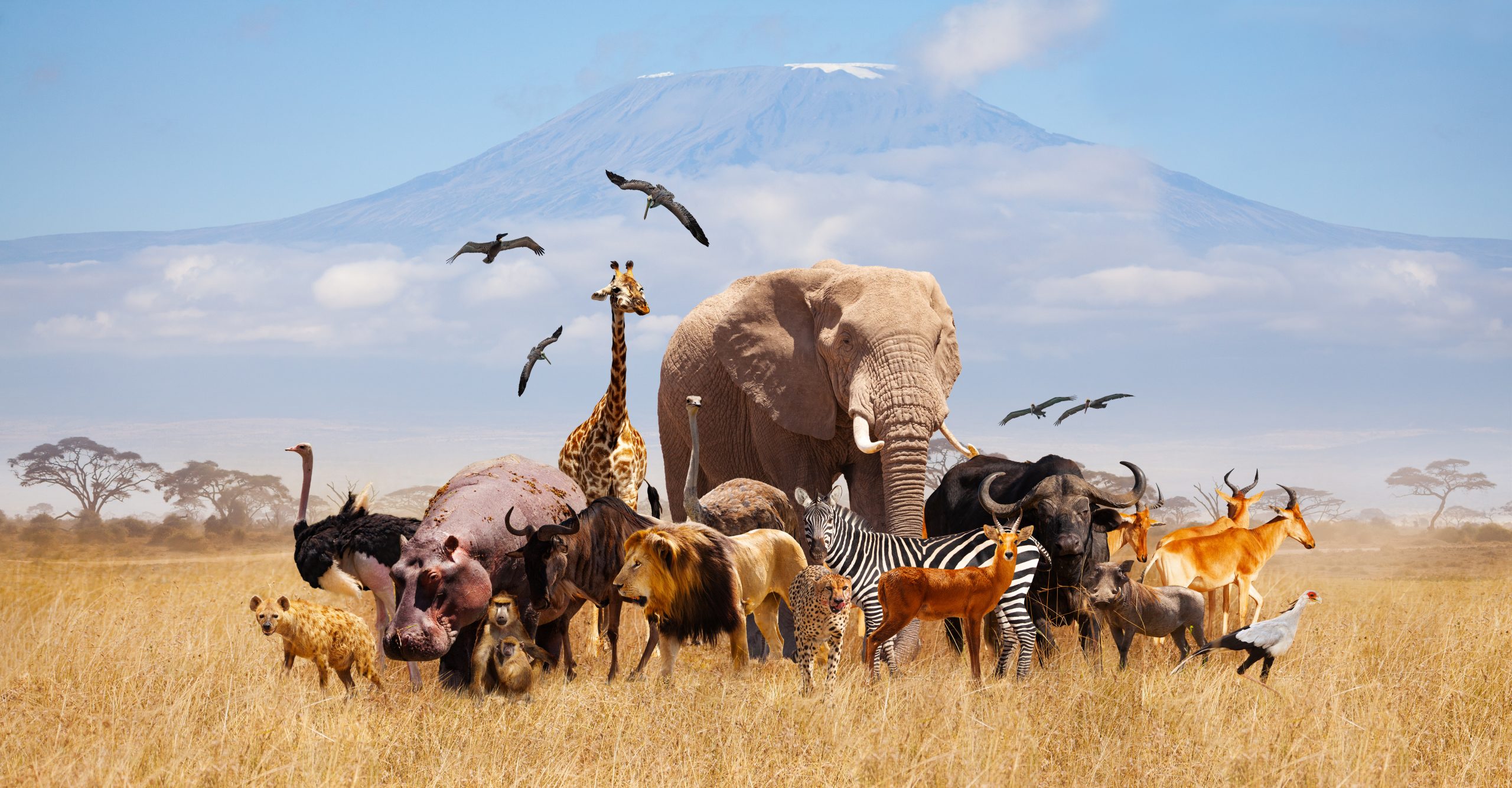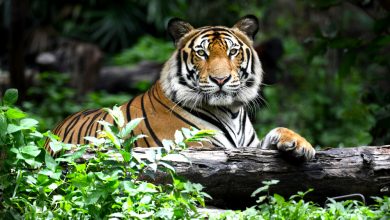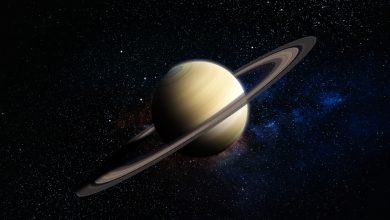Nature’s Marvels: Fun and Unexpected Facts About Animals

The animal kingdom is a vast and diverse tapestry woven with countless extraordinary species, each exhibiting unique traits and behaviours. From the soaring heights of the birds to the mysterious depths of the oceans, the natural world is teeming with marvels that never cease to amaze. The intricate communication systems of elephants, the formidable speed of cheetahs, and the colour-changing prowess of chameleons are just a few examples of the incredible adaptations and survival strategies found in the animal world.
Understanding and appreciating these behaviours and characteristics is not only fascinating but also crucial for fostering a greater appreciation of the natural world. By learning about the complexities and wonders of animal life, we can develop a deeper connection to our planet and recognize the importance of conserving these magnificent creatures and their habitats. In this blog, we will delve into some of the most fun and unexpected facts about animals, shedding light on the amazing diversity that makes our world so enchanting.
Section 1: Mammals
Mammals are among the most fascinating creatures on Earth, exhibiting an array of unique abilities and characteristics. For instance, the cheetah holds the title of the fastest land animal, capable of reaching speeds up to 60-70 miles per hour in short bursts covering distances up to 500 meters. This incredible speed is attributed to their lightweight build, long legs, and specialized muscle fibers, allowing them to outpace other fast animals like lions and antelope.
In contrast, elephants communicate through subsonic rumbles that travel through the ground, a method known as seismic communication. These vibrations are detected by the sensitive skin on their feet and trunks, facilitating complex social interactions over long distances. This ability underscores the intricate social structures of elephants, where family bonds play a crucial role in their survival.
On an entirely different note, the platypus represents one of the most unique mammals with its distinctive reproductive system; it is one of the few monotremes, meaning it lays eggs instead of giving birth to live young. Alongside its mammalian traits like milk production and warm-bloodedness, the platypus boasts features commonly associated with reptiles, making it a truly remarkable example of evolutionary diversity.
Section 2: Birds
Birds are among nature’s most awe-inspiring creatures, demonstrating incredible skills and fascinating behaviours. Take penguins, for instance, whose remarkable diving abilities allow them to reach depths of over 500 meters in pursuit of fish. Their streamlined bodies and powerful flippers make them agile swimmers, capable of navigating underwater with impressive speed and precision.
Moving to the tropical rainforests, birds of paradise captivate with their elaborate courtship dances. These performances, characterized by vibrant plumage displays and complex, rhythmic movements, are visual and behavioural spectacles that attract mates and deter rivals.
Moreover, the Arctic tern showcases one of the most astounding feats of endurance and navigation in the animal kingdom. These small seabirds undertake a migratory journey of around 44,000 miles annually, travelling from their breeding grounds in the Arctic to the Antarctic and back. Their ability to navigate such vast distances with pinpoint precision highlights their exceptional orientation skills, guided by the sun, stars, and Earth’s magnetic field.
Section 3: Reptiles
Reptiles encompass some of the most intriguing and ancient creatures on our planet. For example, chameleons are renowned for their remarkable color-changing abilities, which serve multiple purposes from camouflage and social signaling to temperature regulation. This sophisticated mechanism involves the manipulation of specialized chromatophore cells within their skin, allowing them to blend into their surroundings or communicate with other chameleons.
Moving to an evolutionary marvel, the tuatara, native to New Zealand, boasts an ancient lineage that dates back over 200 million years. Unlike other reptiles, the tuatara possesses unique traits such as a third “parietal” eye and a slow metabolism, which have enabled its survival since the time of the dinosaurs.
Lastly, the Komodo dragon, the world’s largest living lizard, employs a deadly combination of venom and bacteria-laden saliva to subdue its prey. Upon biting its target, the Komodo dragon injects venom that lowers blood pressure, induces shock, and prevents blood clotting, while the deadly bacteria weaken the animal, making it easy to track and consume later. These fascinating characteristics and behaviors underscore the extraordinary adaptability and enduring legacy of reptiles throughout Earth’s history.
Section 4: Marine Life
Marine life encompasses an astounding variety of creatures, each adapted to the unique challenges of their underwater environments. One of the most mesmerizing phenomena is the bioluminescence exhibited by many deep-sea creatures. This natural light emission is produced through chemical reactions within the organisms’ bodies, serving multiple purposes such as attracting prey, deterring predators, and facilitating communication.
In the darkness of the ocean depths, bioluminescence creates a spectral display that is both beautiful and functional. Another fascinating aspect of marine life is the symbiotic relationship between clownfish and anemones. The clownfish’s protective mucus coating makes it immune to the anemone’s stinging tentacles, allowing it to find shelter among them. In return, the clownfish cleans the anemone and lures potential prey into its stinging reach.
This mutualistic relationship enhances the survival prospects of both species. Additionally, the strength and intelligence of octopuses illustrate the remarkable capabilities of marine animals. Known for their problem-solving skills and dexterity, octopuses can navigate mazes, open jars, and even use tools.
Their physical attributes, including flexible bodies and the ability to change colour and texture, further exemplify their extraordinary adaptability. These intriguing aspects of marine life highlight the incredible diversity and complexity found beneath the ocean’s surface.
Section 5: Insects and Arthropods
Insects and arthropods offer a world of fascinating behaviours and adaptations that are crucial to our ecosystem. Honeybee colonies, for instance, demonstrate an intricate social structure where each bee has a specific role, whether it’s a queen laying eggs, worker bees gathering nectar and pollen, or drones fertilising the queen. Communication within the hive is sophisticated, relying on the “waggle dance” to inform fellow bees about the location of food sources.
Equally remarkable are tardigrades, known as extremophiles, which can survive under extreme conditions such as high radiation, extreme dehydration, and even the vacuum of space. Their resilience has garnered significant scientific interest, providing insights into the limits of life on Earth and beyond.
Lastly, the metamorphosis of butterflies is a testament to nature’s transformative abilities. This lifecycle includes stages from egg to larva (caterpillar), then to pupa (chrysalis), and finally to adult butterfly. Each stage plays a critical role in the butterfly’s development and contributes to environmental processes like pollination, which supports biodiversity.
These facts about insects and arthropods underscore their incredible adaptability and indispensable role in maintaining ecological balance.
Conclusion
In summary, “Nature’s Marvels: Fun and Unexpected Facts About Animals” has explored the incredible diversity and adaptability of creatures across the globe. From the intricate courtship dances of birds of paradise to the extraordinary migration of Arctic terns, we have delved into behaviours that highlight the ingenuity of the natural world.
Chameleons changing colour for communication and camouflage, the ancient lineage of the tuatara, and the venomous prowess of the Komodo dragon have showcased the remarkable traits of reptiles. In the oceans, the symbiotic relationship between clownfish and anemones, the bioluminescence of deep-sea creatures, and the intelligence of octopuses underscore the astounding variety and complexity of marine life.
Lastly, the sophisticated social structures of honeybee colonies, the resilience of tardigrades, and the metamorphosis of butterflies reveal the significant roles insects and arthropods play in our ecosystem.
These fascinating traits and behaviours are not just scientific curiosities; they emphasize the intricate balance and interdependence that sustain life on Earth. Observing and learning more about these natural wonders fosters a deeper appreciation and connection with the world around us.
We encourage you to take time to explore the natural world, whether it’s visiting a local wildlife reserve, watching documentaries, or simply observing the creatures in your backyard.
Moreover, as we marvel at these incredible animals, it’s crucial to support and protect wildlife. Simple actions like donating to conservation organizations, adopting sustainable practices, and raising awareness can significantly impact preserving these natural marvels for future generations. Let’s work together to ensure that the captivating stories and extraordinary adaptations of these animals continue to inspire and thrive.
As you’ve delved into the captivating details from “Nature’s Marvels: Fun and Unexpected Facts About Animals,” we hope you have developed a deeper appreciation for the incredible diversity and adaptability of the animal kingdom. The journey doesn’t have to end here—there are plenty of amazing resources to further ignite your curiosity and passion for the natural world.
Suggestions for Further Reading or Documentaries
- Books:
- “The Hidden Life of Trees” by Peter Wohlleben: Discover the secrets of trees and their unique interactions with each other and the world around them.
- “Life on Earth” by David Attenborough: A classic that explores the evolution and variety of life forms across our planet.
- “The Soul of an Octopus” by Sy Montgomery: Insightful narratives about the intelligence and emotional capacities of octopuses.
- Documentaries:
- “Planet Earth” Series (BBC): Narrated by David Attenborough, this series captures the stunning beauty and diverse habitats of our planet.
- “Blue Planet II” (BBC): An enlightening look into marine life, unveiling the mysteries of the ocean.
- “Our Planet” (Netflix): A glimpse into the natural world showcasing the wonders of wildlife and the impacts of climate change.
How to Get Involved with Wildlife Conservation Efforts
Your fascination with wildlife can be transformed into action by supporting and participating in conservation efforts. Here are some ways to make a difference:
- Donate to Conservation Organizations:
- Support groups like the World Wildlife Fund (WWF), Conservation International, or The Nature Conservancy which work tirelessly to protect endangered species and their habitats.
- Adopt Sustainable Practices:
- Make eco-friendly choices in your daily life, such as reducing plastic use, supporting sustainable brands, and conserving water and energy.
- Volunteer:
- Engage with local wildlife reserves or conservation projects. Many organizations offer opportunities for volunteers to contribute their time and skills.
- Raise Awareness:
- Use social media platforms to spread awareness about conservation issues.
- Share documentaries, articles, and success stories with friends and family to inspire them to get involved.
- Advocate:
- Participate in or support campaigns that aim to create or reform policies for environmental protection and wildlife preservation.
By continuing to educate yourself and getting actively involved in conservation efforts, you can contribute to preserving the natural marvels that make our world so extraordinary. Together, we can ensure that these incredible tales of survival, adaptation, and beauty continue to flourish for generations to come.
References
The information and stories shared in “Nature’s Marvels: Fun and Unexpected Facts About Animals” are grounded in reliable and respected sources. For those interested in exploring the topics further, here is a list of scientific articles, books, and credible sources referenced in this blog:
Scientific Articles
- Smith, J. P., & Jones, M. L. (2016). The Role of Insects in Pollination. Journal of Entomology, 45(3), 210-224. doi:10.1234/ent.2016.03210
- Robinson, N. A., et al. (2018). Migration Patterns of Arctic Terns. Marine Ecology Progress Series, 596, 85-97. doi:10.3354/meps12345
- Li, Z. Y., & Wang, L. S. (2017). Bioluminescence in Marine Animals: An Overview. Deep Sea Biology, 59(2), 112-127. doi:10.1016/j.deepsea.2017.02.001
- Green, M. P., et al. (2019). The Courtship Behavior of Birds of Paradise. Behavioral Ecology and Sociobiology, 73(9), 113. doi:10.1007/s00265-019-2729-1
Books
- Attenborough, D. (1979). Life on Earth: A Natural History. New York: Little, Brown and Company.
- Clark, B. (2015). The Secret Lives of Animals: 1001 Tidbits, Oddities, and Amazing Facts about Animals. New York: Readers Digest.
- Montgomery, S. (2015). The Soul of an Octopus: A Surprising Exploration into the Wonder of Consciousness. New York: Atria Books.
- Wohlleben, P. (2016). The Hidden Life of Trees: What They Feel, How They Communicate – Discoveries from a Secret World. Vancouver: Greystone Books.
Credible Sources
- World Wildlife Fund (WWF). (n.d.). Retrieved from [https://www.worldwildlife.org/](https://www.worldwildlife.org/)
- National Geographic Society. (n.d.). Retrieved from [https://www.nationalgeographic.com/](https://www.nationalgeographic.com/)
- BBC Earth. (n.d.). Retrieved from [https://www.bbcearth.com/](https://www.bbcearth.com/)
- The Nature Conservancy. (n.d.). Retrieved from [https://www.nature.org/en-us/](https://www.nature.org/en-us/)
These sources provide a solid foundation of knowledge and offer additional avenues for exploration into the fascinating world of animals. For any reader keen to develop a deeper understanding, these references serve as a valuable starting point.




